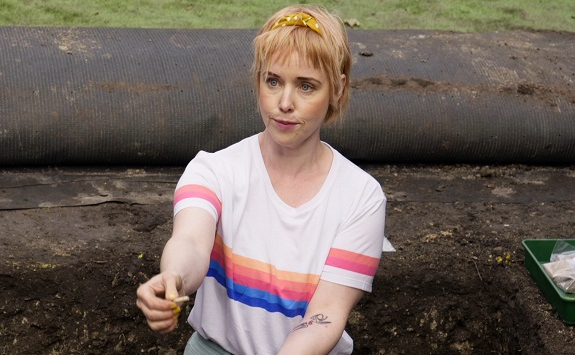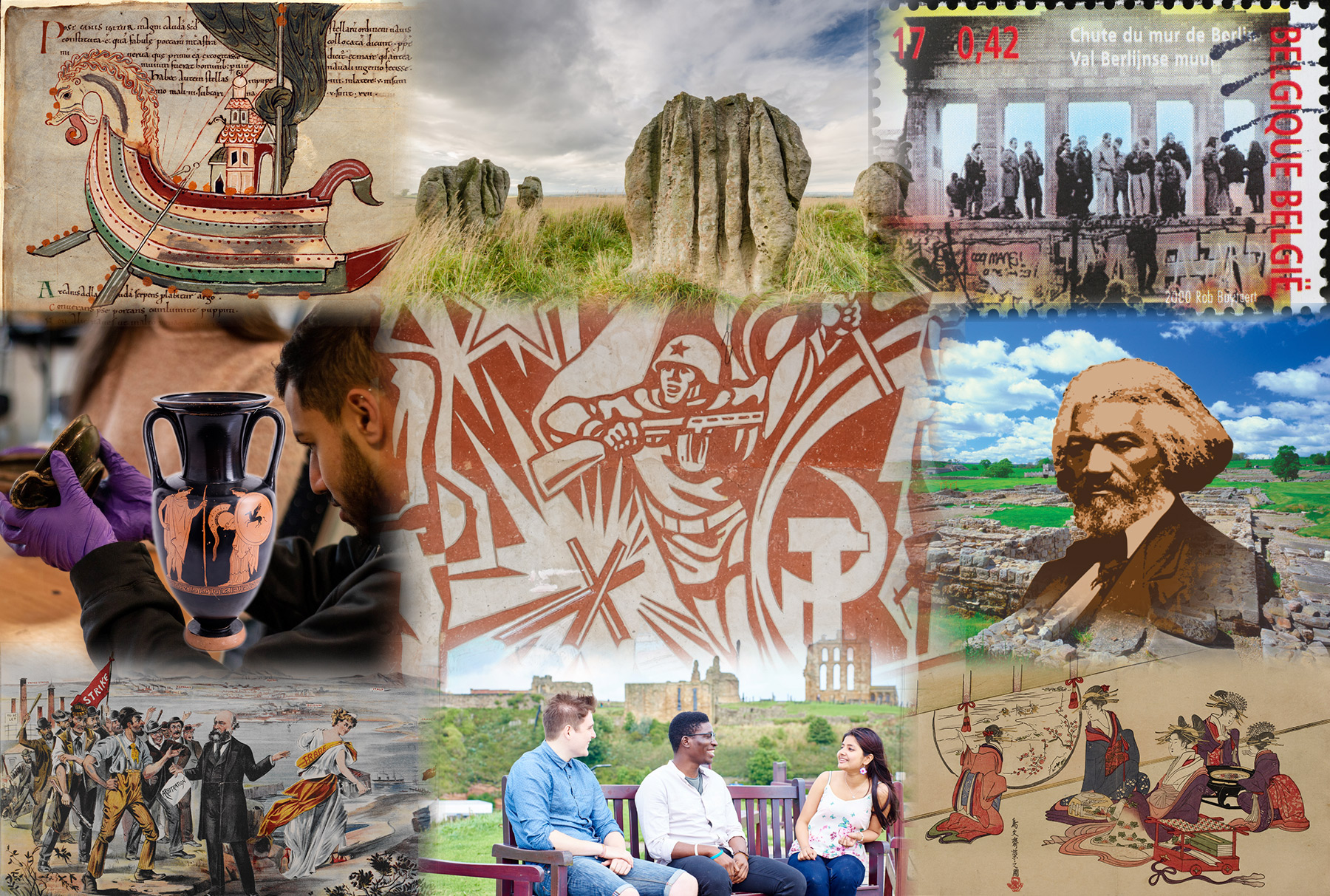Comment: Norman Coin Hoard
Writing for The Conversation, Dr Chloe Duckworth argues that the Norman coin hoard, which has become England’s most valuable treasure, could have been worth a lot more.
6 November 2024
A hoard of 2,584 silver pennies from the time of the Norman Conquest, discovered by a group of metal detectorists in 2019, has recently been bought for £4.3 million by the South West Heritage Trust.
“While this might be the largest amount ever paid for such a discovery, as an archaeological scientist I can tell you that much of its historical value was lost the moment it was pulled from the ground.”
In her article for The Conversation, Dr Chloe Duckworth discusses metal detecting’s fraught relationship with archaeology, raising concerns with amateur detectorists’ approach to unearthing archaeological evidence.
“While both involve digging up remains of the past, the two groups have different opinions on what is most important when it comes to such finds. For archaeologists, the finds themselves are often less important than the context in which they were discovered – the opposite is true for detectorists.”

Duckworth observes that, whilst the Chew Valley detectorists were acting within the law, their unmethodical digging lost crucial information about hoard. She notes an archaeologist’s approach would be much different, following a scientific process of excavation and recording because, ‘once excavated the contextual information is destroyed forever.’
As threats to archaeological sites increase, archaeologists now often limit digs to sites at risk from development or environmental changes, with an emphasis on partial recovery and conservation. This cautious approach reflects a need to preserve finite historical resources.
